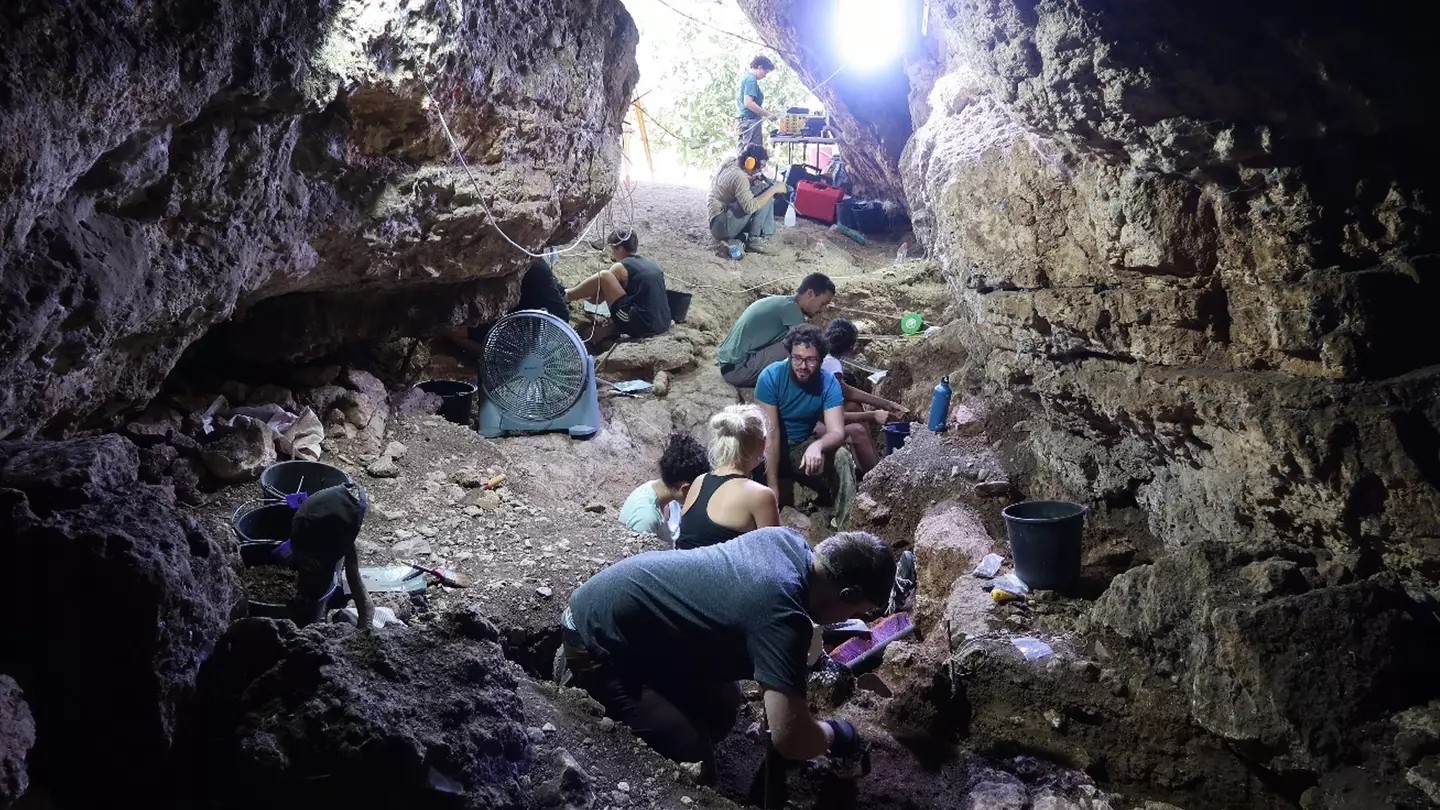
Scientists have just made a discovery about humans dating back 110,000 years and it changes everything
A historic discovery linking humanity in ways we didn't think was possible
Featured Image Credit: Yossi Zaidner
Topics: Education, History, Science, Technology, World News, Archaeology
 Tom Earnshaw
Tom Earnshaw
Tom joined LADbible Group in 2024, currently working as SEO Lead across all brands including LADbible, UNILAD, SPORTbible, Tyla, UNILAD Tech, and GAMINGbible. He moved to the company from Reach plc where he enjoyed spells as a content editor and senior reporter for one of the country's most-read local news brands, LancsLive. When he's not in work, Tom spends his adult life as a suffering Manchester United supporter after a childhood filled with trebles and Premier League titles. You can't have it all forever, I suppose.
@TREarnshaw